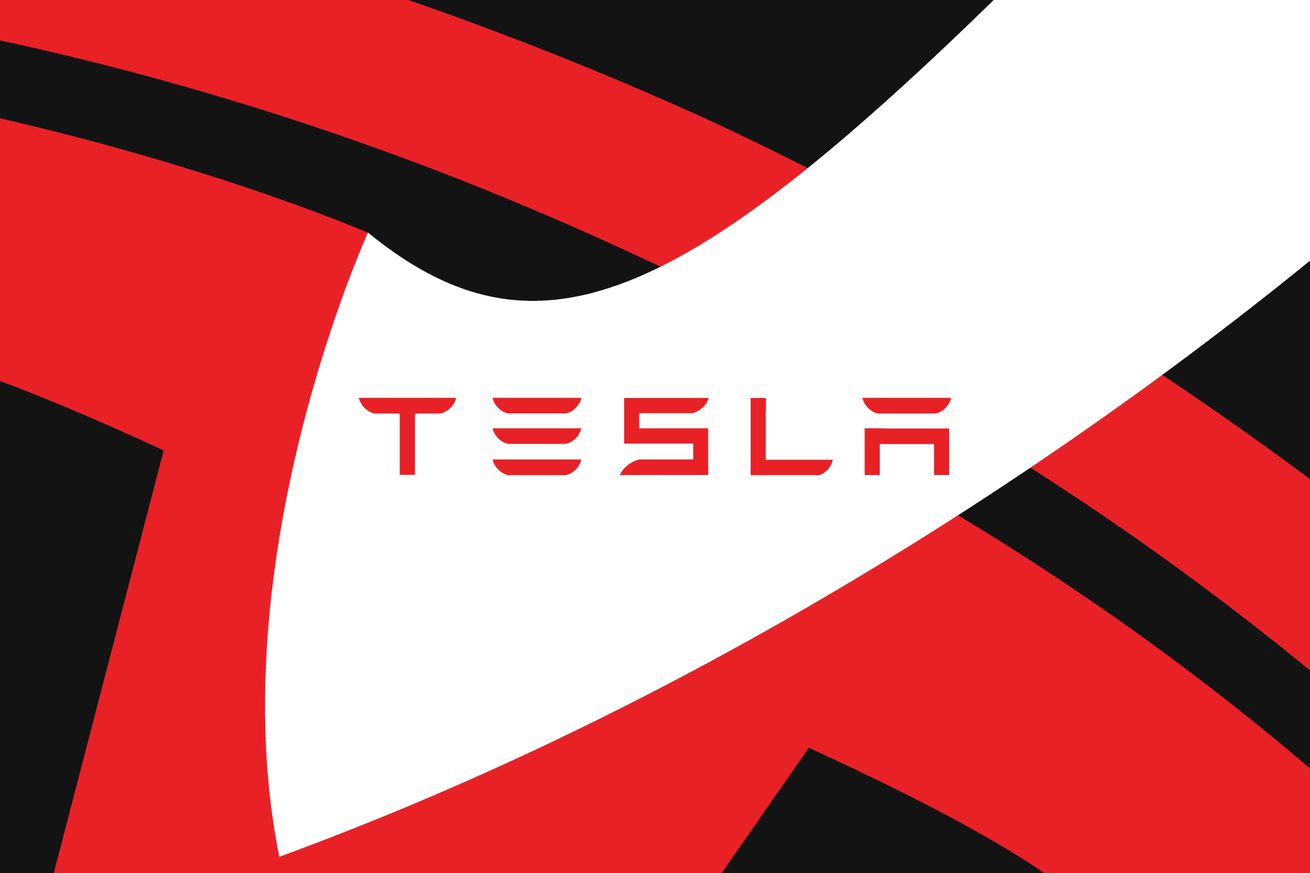
Update, March 8th, 7PM ET: Silvergate has announced it is shutting down, the original story follows below.
Silvergate, one of the most important banks in crypto, is in big trouble. Maybe existential trouble.
Silvergate didn’t start in crypto. It started in real estate. But in January 2014, the bank jumped into Bitcoin, a volatile year — Bitcoin started the year at $770 and closed above $300 in December. “Some of the companies that were being formed at the time to provide services to this budding Bitcoin space, many of them were struggling to find and maintain bank accounts,” said Silvergate CEO Alan Lane in a June 2022 episode of the Odd Lots podcast. “So that was really where we started.”
The focus at the bank was institutions — other companies, some of which work with consumers. For instance, Genesis, the now-bankrupt crypto-lending subsidiary of DCG, was among Silvergate’s early clients. The bank developed the Silvergate Exchange Network, which was a way for crypto institutions such as Coinbase, Gemini, and Kraken to transact in dollars 24/7. “We’ve got all of them,” Lane said in 2022. “All of the major ones. Anybody who is serious about regulation.”
Also among Lane’s clients: FTX. Federal prosecutors are now examining Silvergate’s role in banking Sam Bankman-Fried’s fallen empire. The more pressing problem is that the collapse of FTX spooked other Silvergate customers, resulting in an $8.1 billion run on the bank: 60 percent of its deposits that walked out the door in just one quarter. (“Worse than that experienced by the average bank to close in the Great Depression,” The Wall Street Journal helpfully explained.)
In its earnings filing, we found out that Silvergate’s results last quarter were absolute dogshit, a $1 billion loss. Then, on March 1st, Silvergate entered a surprise regulatory filing. It says that, actually, the quarterly results were even worse, and it’s not clear the bank will be able to stay in business.
In response, Coinbase, Galaxy Digital, Crypto.com, Circle, and Paxos have said they will stop using Silvergate — as did other, less notable clients. Tether, the controversial stablecoin that has had its own problems with banking, helpfully popped up to remind us it was not using Silvergate.
The laundry list of customers helps to explain why Silvergate’s woes are frightening. Very few banks will touch crypto because it’s so risky — and most traditional banks don’t let crypto clients transact in dollars 24/7. Access to banking that moves at the pace crypto does is rare, and only one other US bank can do it.
“If Silvergate goes out of business, it’s going to push funds and market makers further offshore,” Ava Labs president John Wu told Barron’s. The issue is how easy it is to get into actual cash dollars, which in finance-speak is called liquidity. Less liquidity makes transactions more difficult. Already there is a broader gap between the price at which a trade is expected to go through at and the actual price at which it executes, Wu said.
So Silvergate’s troubles are a problem for the entire crypto industry.
Stablecoins
Silvergate’s SEN was an important on- and off-ramp from the almighty dollar (and the almighty euro) into crypto. In 2022, Lane said all the “regulated, US-dollar backed stablecoin issuers” banked at Silvergate.
But for stablecoins issued by Circle, Paxos, and Gemini, among others, the SEN was important for making and burning their tokens, which were issued when someone deposited a dollar in their Silvergate bank accounts, Lane said.
Silvergate was a pass-through point for crypto. Stablecoins that are backed by dollars at least theoretically have cash or cash-like assets sitting in reserve somewhere. (The reason Tether is controversial is that there are questions about the existence and value of that reserve.) Silvergate’s job was to create a token when someone put a dollar into, say, USDC and to burn a token when someone took a dollar out. “We are this critical piece of infrastructure where folks, as they’re exiting the ecosystem and wanting to go to cash — those dollars pass through Silvergate,” Lane said in 2022.
You’ll notice I’m saying “was.” That’s because on March 3, Silvergate announced it was suspending SEN, effective immediately.
The dollar side of the transaction meant that Silvergate’s clients had to keep a bunch of cash on hand at the bank in order to pay each other and anyone who wanted to cash out. To make money here, Silvergate could do a few things. The safest is to buy, like, one-month Treasury bills at the Fed and call it a day.
Now, this being finance, taking more risk also may mean more profit. So Silvergate seems to have bought bonds. (Verge favorite Matt Levine at Bloomberg has a more in-depth analysis of how this worked if you want the gory details.) The problem is not that the bonds were super risky — it is that FTX sparked a mass exodus into dollars, and Silvergate suddenly had to come up with a bunch of money. Unfortunately, that meant selling its bonds at a loss in order to pay its obligations. Ironically, the bonds were pretty safe — “if its depositors had kept their money at Silvergate, its bonds would have matured with plenty of money to pay them back,” notes Levine.
Silvergate has another way of touching stablecoins besides serving as the on- and off-ramp for their transactions. It bought assets from Facebook’s doomed stablecoin attempt Libra, later renamed Diem, in January 2022. At the time, Silvergate said it would start making Diem available by the end of the year. The goal was a digital payments network.
Of course, that was before FTX blew up, and the Enron guy said it was worse than Enron. That’s the kind of thing that tends to change the regulatory environment.
Lending against Bitcoin
One of the other services Silvergate offered was the ability to lend dollars against Bitcoin. Now, Silvergate said in January on its fourth quarter earnings call that “all of our SEN Leverage loans continued to perform as expected, with no losses or forced liquidations.” Maybe these loans are fine! Silvergate doesn’t appear to have done anything exceptionally risky elsewhere.
But if you want to use your Bitcoin to take out a dollar loan, I think that just got harder.
Real estate
Silvergate had a life before crypto: it was a tiny bank focused on real estate deals in southern California. During that time, it never had more than $1 billion in deposits, according to The Financial Times. And Silvergate needed deposits. When Lane steered the company into crypto, its business ballooned. By 2021, Silvergate had more than $10 billion. The bank went public in 2019 at $12 a share and peaked at over $200 a share in 2021. (Shares closed at $5.77 on March 3.)
Real estate became less and less of a focus because crypto was a rocket ship for the bank. But that real estate connection proved useful for Silvergate in 2022, though. In the last quarter of the year, Silvergate got at least $3.6 billion in funds from Federal Home Loan Banks, a 1930s-era system that also originally dealt in mortgages.
To pay that off, Silvergate sold off more bonds. This is not ideal, and it is part of the reason Silvergate is in trouble. “If you are a bank you do not want to be pointing in the wrong direction, because that becomes self-fulfilling,” writes Bloomberg’s Levine. And indeed, this is why many of Silvergate’s major customers are spooked. Levine thinks that this may get some regulators interested in crypto banking.
Bizarre transactions
In fact, the Justice Department is already interested. There are some questions around bizarre transactions that took place at Silvergate.
For instance, Binance. Its supposedly independent arm, Binance.US, transferred more than $400 million to a trading firm called Merit Peak Ltd, Reuters reported. That firm is managed by Binance CEO Changpeng Zhao. “The CEO of Binance.US at the time, Catherine Coley, wrote to a Binance finance executive in late 2020 asking for an explanation for the transfers, calling them ‘unexpected’ and saying ‘no one mentioned them,’” Reuters wrote. Those transfers took place on Silvergate’s special network, SEN.
This is similar to some of the problems Silvergate faces around FTX. Alameda Research, the trading firm also owned by Bankman-Fried, opened an account with Silvergate in 2018. Bankman-Fried admitted he used Alameda accounts for FTX funds, commingling customer funds with those for the trading firm.
I don’t know if Silvergate did anything wrong. Possibly it didn’t! But having the Feds start poking around, asking questions? That is a headache and a distraction. It is the last thing a troubled bank needs.
What to expect
A lot of companies that banked with Silvergate have been out here talking about how they have minimal exposure to it, which is historically not a great sign. (See: Bankman-Fried’s notorious “FTX is fine. Assets are fine” tweet.)
But you know what? In this specific case, I’m inclined to believe them. First of all, just a fuckload of money has already left Silvergate. But second, Silvergate was a pass-through bank for crypto; it didn’t hold onto reserves, and it didn’t pay interest. The problem here is less that some exchange or stablecoin is going to suffer a massive loss of customer money and more that it is now even harder for crypto companies to get banking.
The crypto industry desperately needs banks. But both of Silvergate’s competitors, Metropolitan and Signature, were pulling away from the sector even before this debacle. Metropolitan said in January that it was getting all the way out of crypto. And in December, Signature said it was going to get rid of $8 billion to $10 billion in digital asset-related funds.
I don’t know whether Silvergate is going to come through this. But I strongly suspect it has just gotten a lot harder to exchange dollars and crypto. Silvergate dealt in liquidity, and a liquidity problem can become a solvency problem real fast. The entire crypto industry just got a lot more fragile.










/cdn.vox-cdn.com/uploads/chorus_asset/file/24480837/dji_aeroscope_discontinued.png) Screenshot: Emma Roth / The Verge
Screenshot: Emma Roth / The Verge
/cdn.vox-cdn.com/uploads/chorus_asset/file/24416114/anniversary_chat_16x9_edit_web.png) Image: Microsoft
Image: Microsoft/cdn.vox-cdn.com/uploads/chorus_asset/file/24413225/Bard_Padding.png) Image: Google
Image: Google/cdn.vox-cdn.com/uploads/chorus_asset/file/24450077/you_search_engine.png)
/cdn.vox-cdn.com/uploads/chorus_asset/file/24463827/Snap_My_AI.png) Image: Snap
Image: Snap


